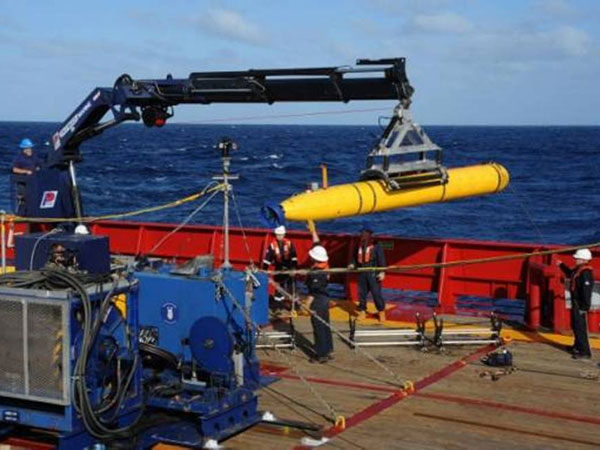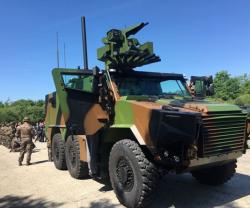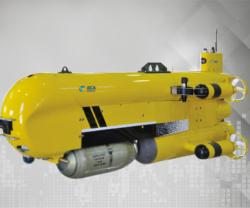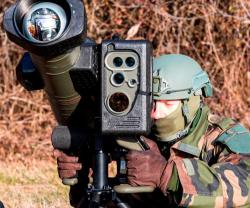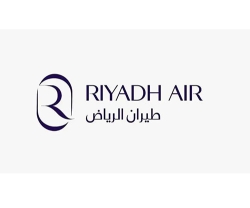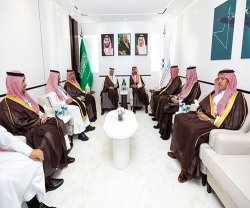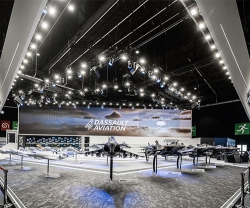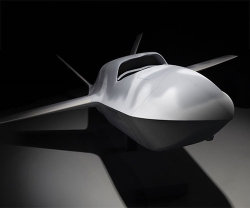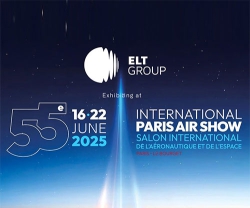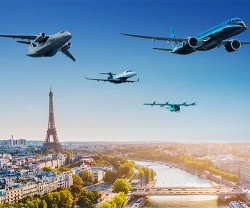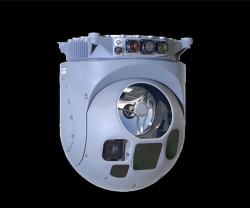The hunt for missing Malaysian Airlines Flight MH370 is on track to cost hundreds of millions of dollars, becoming the most expensive search in aviation history with 26 countries contributing planes, ships, submarines and satellites to the international effort.
A month into the search for the jet, estimates compiled by Reuters show that at least $44 million has already been spent on the deployment of military ships and aircraft in the Indian Ocean and South China Sea by Australia, China, the US and Vietnam. The figure is based on defence force statistics on available hourly costs of various assets, estimates by defence analysts and costs reported by the Pentagon.
The figure for the first month of the search is already about equal to the official 32 million Euros ($44 million) spent in searches lasting several months spread over two years for Air France's Flight AF447, which crashed into the Mid-Atlantic in 2009.
The $44 million estimate for MH370 does not cover all the defence assets being used by countries including Britain, France, New Zealand and South Korea, nor numerous other costs such as civilian aircraft, accommodation for hundreds of personnel and expenses for intelligence analysts worldwide.
Britain dispatched a nuclear-powered submarine, HMS Tireless, to assist in the search, without disclosing the vessel's previous location.
Angus Houston, the retired Air Chief Marshal in charge of the Australian-led international search, said he would give an overall estimate of the cost at a later date. Australian Prime Minister Tony Abbott, whose country is leading the search, and his Malaysian counterpart, Najib Razak, have repeatedly said the cost of the search is not an issue. Still, Abbott has hinted that Australia, which has so far borne the brunt of the expense as the search homes in on the southern Indian Ocean off its western coast, may at some point be sending out invoices.
Australia has so far contributed around half of the cost, with ships and aircraft on duty for some 3 weeks. Its HMAS Success alone costs around A$550,000 ($511,000) a day to operate, according to Australian Defence Force (ADF) figures.
A Malaysian government source, who declined to be identified, said the entire search and recovery for MH370 could be at least double the money spent to recover the black box from Air France's AF447.
China, which was home to the majority of the 227 passengers on board the missing plane, has sent a total of 18 ships, eight helicopters and three fixed-wing aircraft to various search areas during the month-long hunt.
Beijing declined to comment on how much it is spending on looking for the aircraft, saying only it is dedicated to keep searching “as long as there is a shred of hope”. China has been sending two Ilyushin Il-76 aircraft, on alternate days, on sorties from RAAF Pearce Base near Perth for almost three weeks. The Global Times estimated that an Ilyushin Il-76 costs $10,000 an hour to keep in the air on fuel alone, not including money spent on maintenance or accommodation for the crews.
Chinese warships would cost at least $100,000 a day to operate, and most likely a lot more, the newspaper added.
The Pentagon said last week that it had already spent more than $3.3 million on the search and has put in place plans to nearly double its original $4 million budget. As well as flying its P-8 surveillance planes out of Perth, the U.S. Navy is playing an instrumental role via its high-tech underwater black-box detector equipment.
It has sent both its Towed Pinger Locator, which this week picked up signals which may be from the missing plane's cockpit data recorders, and a Bluefin-21 autonomous underwater vehicle.
An earlier search in the South China Sea by Vietnam was estimated by local media to cost $8 million, a figure that has not been verified by officials.
Source: Reuters

